Owning a dog or a cat is like welcoming a bundle of joy into your home. They are never just pets, are they? We all know how quickly they become family, offering companionship and love. However, not all furry friends can live harmoniously under the same roof! And when they can’t, disaster follows. Dogs and cats, by nature, have different instincts, and some breeds are particularly territorial. When these instincts clash, the results can be less than harmonious. Let’s explore 15 territorial dogs and cats that often find it challenging to co-exist peacefully.
1. Siamese Cats: The Royal Guardians
Siamese cats are renowned for their striking blue eyes and sleek, elegant coats. More than just a pretty face, these cats are extremely loyal and protective of their territory. They thrive on human interaction and can be quite vocal when things are not to their liking. If a Siamese feels threatened by a new canine housemate, it might become aggressive. This breed loves attention and does not want to share it, especially with a dog that’s vying for the same affection. Their strong territorial instincts make them less tolerant of intruders, which can include dogs of any size or disposition.
2. Akita Inu: The Proud Samurai
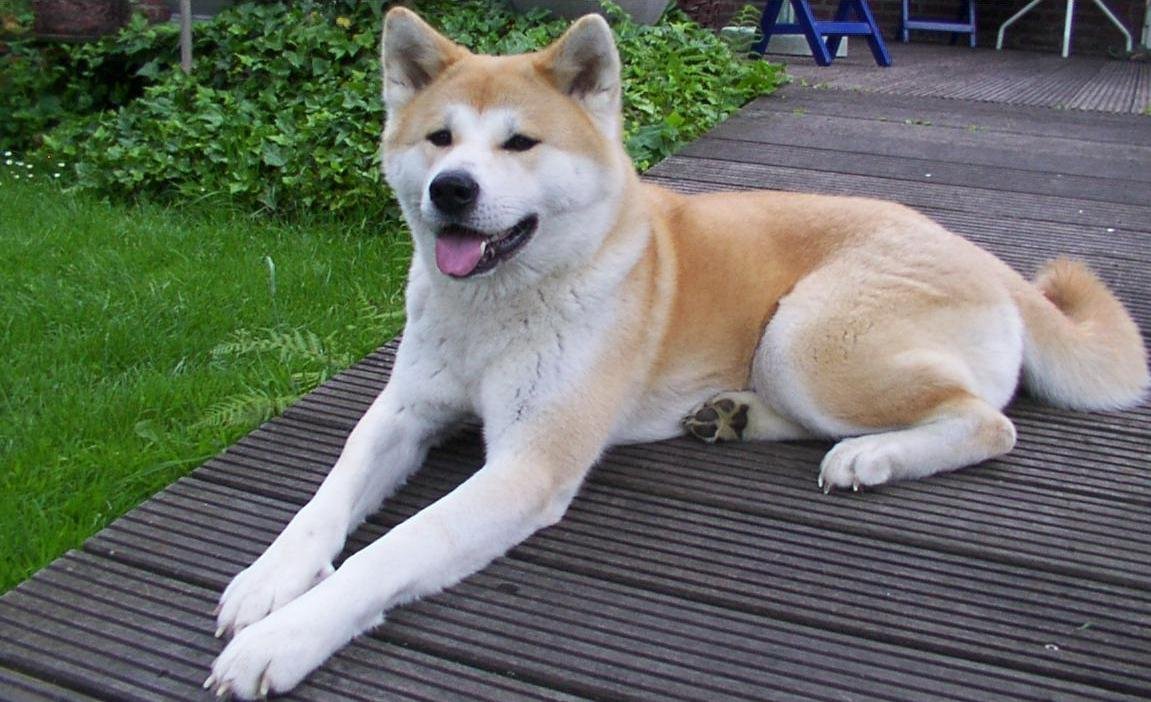
Originating from Japan, Akita Inus are known for their bravery and loyalty. Historically, they were used for hunting large game, which speaks volumes about their assertive nature. Akitas are fiercely protective of their home and family, often considering any unfamiliar animal as a potential threat. A cat entering their territory might be seen as an intruder rather than a friend. With their strong-willed demeanor and assertive nature, Akitas often do not back down, making harmonious cohabitation with cats a challenge.
3. Bengal Cats: Wild at Heart

Bengal cats are like miniature leopards with their striking spotted coats and energetic personalities. They are known for their intelligence and playful demeanor. However, their wild ancestry makes them quite territorial. Bengals demand their space and can become aggressive if they feel it is being invaded. A dog entering their environment might be seen as a threat to their kingdom. Bengals have a high prey drive, and a dog that doesn’t respect their boundaries could quickly become the target of their wrath.
4. Jack Russell Terriers: The Energetic Explorers
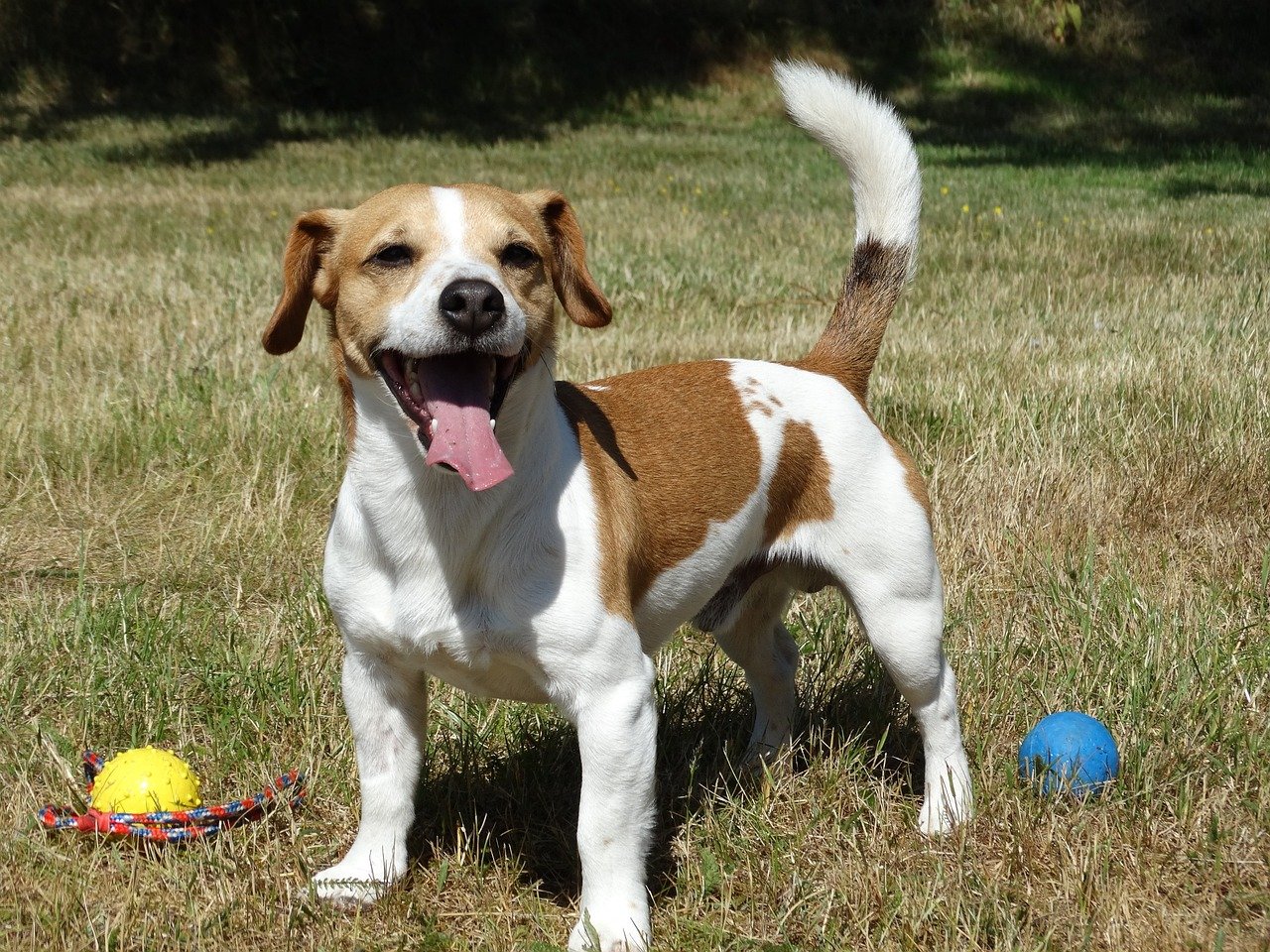
Jack Russell Terriers are small but mighty. These energetic dogs were bred for hunting, and they retain a strong prey drive. Their curiosity often leads them to explore every nook and cranny, which can be unsettling for a territorial cat. Jack Russells are not easily intimidated and can be persistent in their pursuits. This persistent nature can clash with a cat that values its personal space. The high energy levels and tenacity of a Jack Russell often make peaceful cohabitation with a cat a difficult feat.
5. Persian Cats: The Regal Rulers
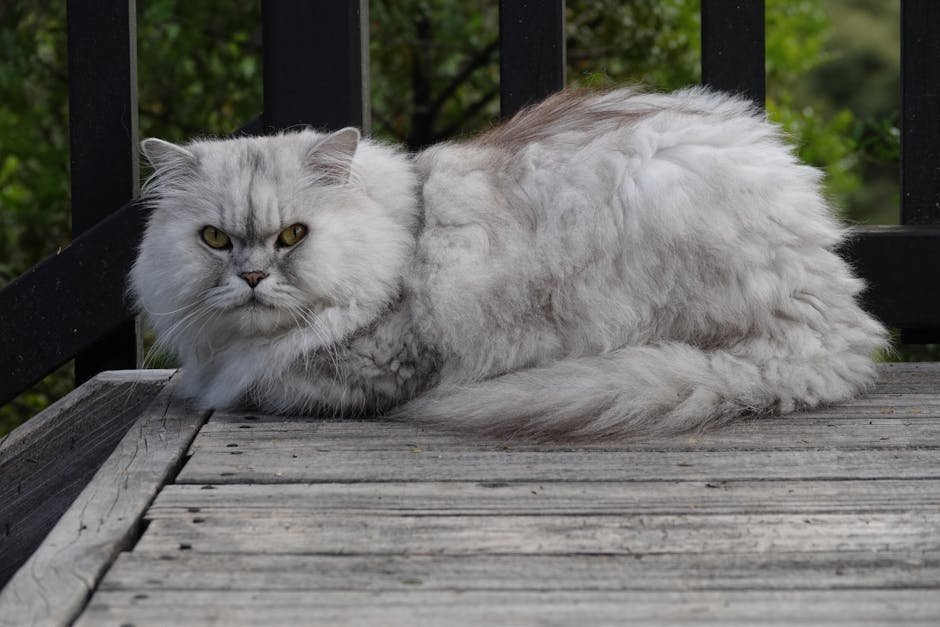
With their luxurious fur and serene demeanor, Persian cats are the epitome of feline royalty. They prefer a calm, quiet environment where they can reign supreme. Persian cats are not fans of change and can become stressed in the presence of a boisterous dog. Their territorial nature means they are not likely to welcome a dog into their domain. The presence of a dog can disrupt their tranquility, leading to tension and potential conflicts.
6. Doberman Pinschers: The Loyal Protectors
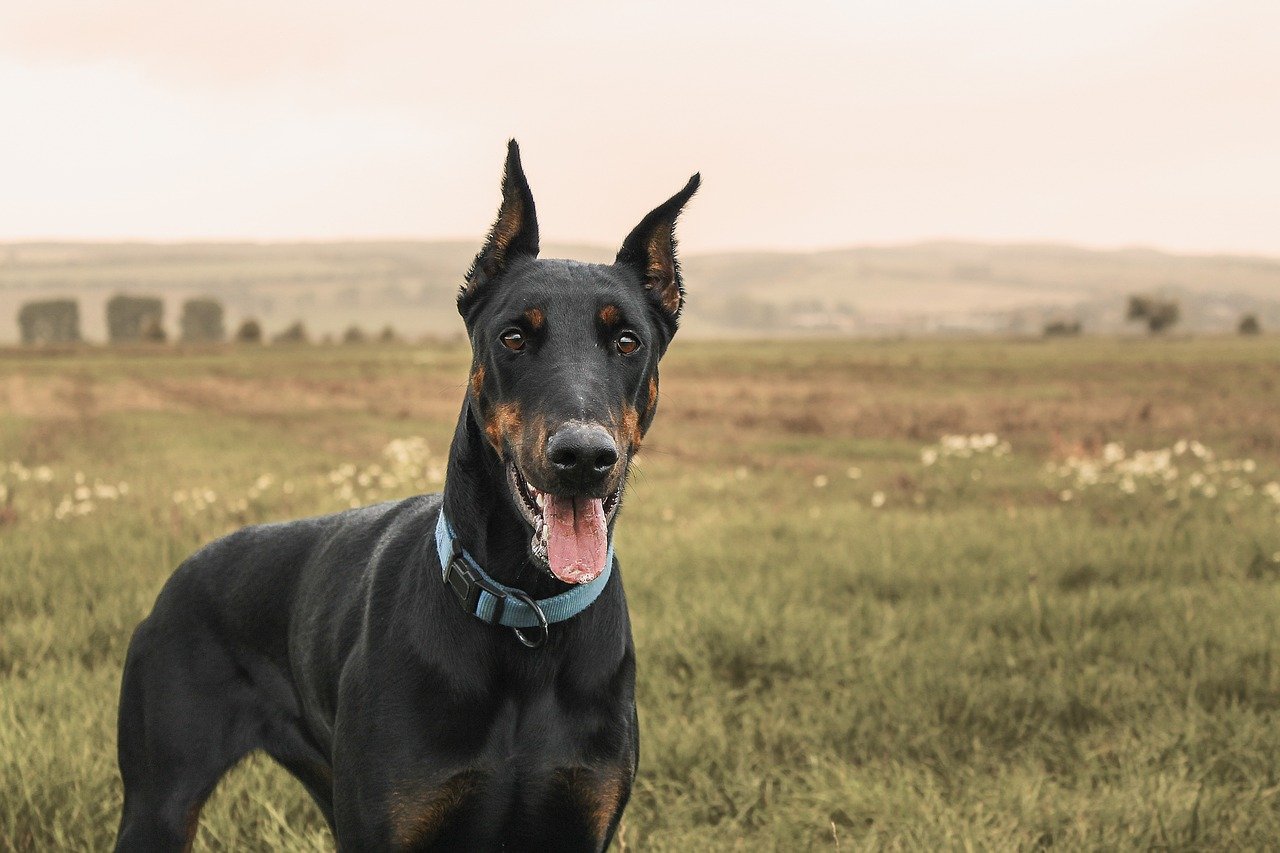
Doberman Pinschers are known for their intelligence and loyalty. These dogs make excellent guard dogs due to their protective instincts. A Doberman sees its home as its castle, and any new addition, like a cat, could be seen as a threat. They are alert and vigilant, often suspicious of anything unfamiliar. Their strong sense of territory can lead to confrontations if they perceive a cat as encroaching on their space. This protective nature often overshadows any chance of a peaceful relationship with a feline housemate.
7. Ragdoll Cats: The Gentle Giants
Ragdoll cats are large, loving, and laid-back. Despite their gentle nature, they are still territorial creatures. They are known for following their owners around, craving attention and affection. A dog sharing their space might not be welcomed with open paws. Ragdolls can become jealous if they feel they are not the center of attention. While they may not be as aggressive as other breeds, their preference for a calm environment can be disrupted by a lively dog.
8. German Shepherds: The Brave Guardians
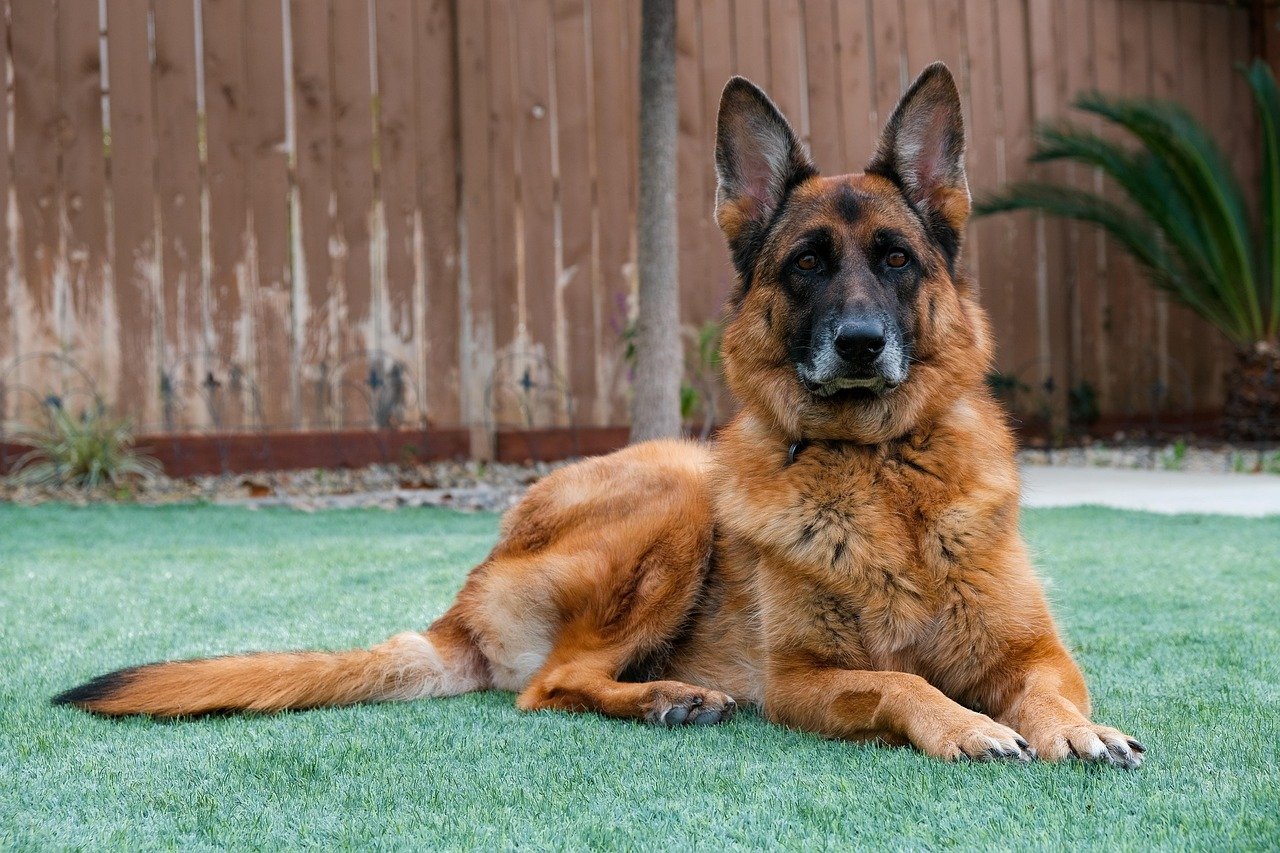
German Shepherds are one of the most popular dog breeds, known for their intelligence and courage. They are often used in police and military roles, which speaks to their protective instincts. A German Shepherd is highly territorial and may see a cat as an intruder. Their size and strength can be intimidating to a cat, leading to a tense atmosphere. While they can be trained to tolerate cats, their natural instinct is to guard their home and family, sometimes fiercely.
9. Sphynx Cats: The Curious Contenders

Sphynx cats are easily recognizable due to their lack of fur and large, expressive eyes. They are curious and friendly, but also territorial. Sphynx cats enjoy being the center of attention and can become jealous if a dog starts stealing the spotlight. They have a strong sense of ownership over their space and can become defensive if they feel threatened. Despite their friendly nature, a Sphynx might not appreciate a dog’s intrusion into its territory.
10. Rottweilers: The Steadfast Sentinels
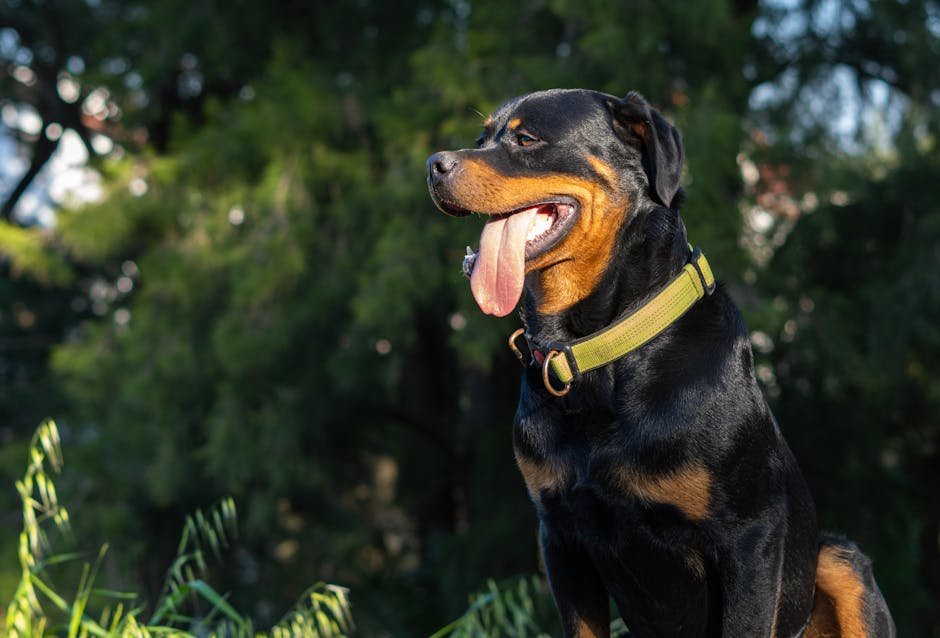
Rottweilers are known for their strength and loyalty. These dogs are natural protectors and can become territorial when it comes to their home. A Rottweiler might view a cat as a competitor for resources or attention. Their imposing stature and strong personality can be overwhelming for a cat. While they can be trained to coexist with cats, their natural instincts lean towards guarding their territory, making peaceful cohabitation challenging.
11. Turkish Van Cats: The Water Lovers
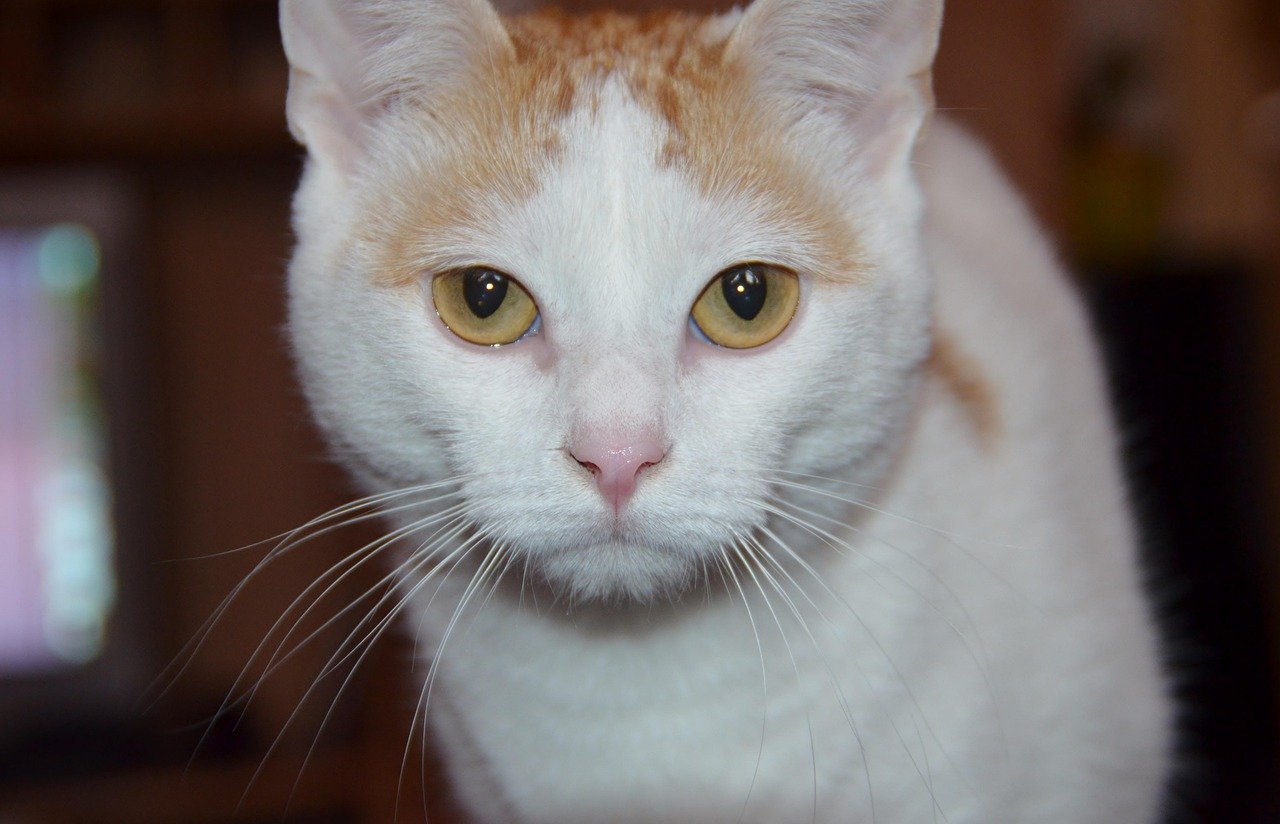
Turkish Van cats are unique in their love for water, often enjoying a splash in the tub. They are intelligent and independent, with a strong sense of territory. Turkish Vans can be possessive of their space and do not appreciate disturbances. A dog entering their domain might be seen as an unwelcome guest. Their independence and assertive nature can lead to conflicts if a dog does not respect their boundaries.
12. Chow Chows: The Aloof Aristocrats
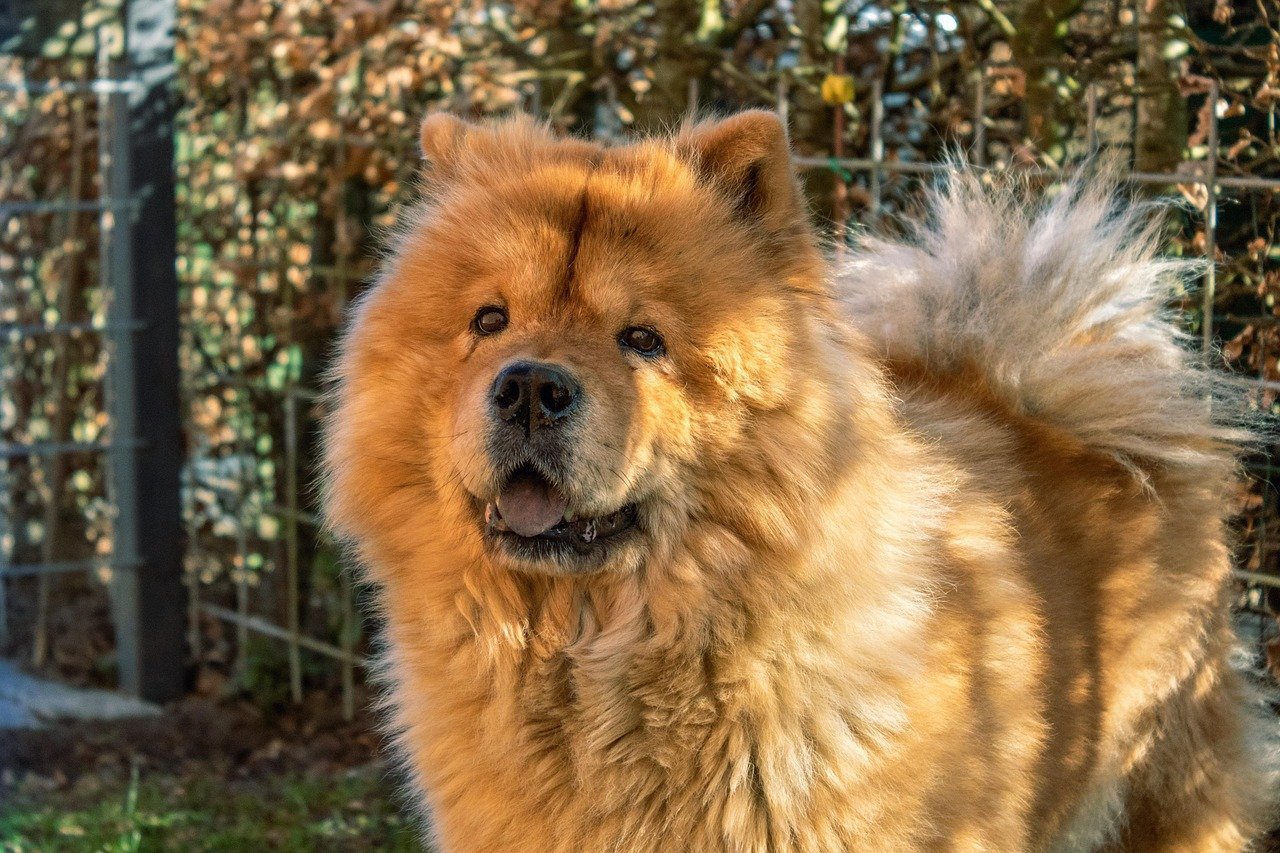
Chow Chows are known for their lion-like appearance and dignified demeanor. They are independent and often aloof, preferring to keep to themselves. A Chow Chow can be highly territorial, viewing a cat as an unwelcome intruder. Their strong-willed nature means they are not easily swayed, and they tend to stand their ground. The presence of a cat can disrupt their sense of peace, leading to potential confrontations.
13. Abyssinian Cats: The Adventurous Explorers

Abyssinians are active, playful, and curious cats. They are known for their adventurous spirit and love for climbing. However, they are also territorial and can become possessive of their space. A dog sharing their environment might be seen as a rival. Abyssinians are not afraid to assert their dominance, which can lead to tension with a dog that does not respect their boundaries. Their independent nature often makes them less tolerant of canine companions.
14. Bull Terriers: The Determined Defenders

Bull Terriers are strong, muscular dogs with a reputation for determination. They are fiercely loyal and protective of their family and home. A Bull Terrier might see a cat as a competitor for attention and resources. Their stubborn nature means they are not easily swayed, and they often assert their dominance. While they can be loving pets, their territorial instincts can make living with a cat challenging.
15. Scottish Fold Cats: The Calm Contenders
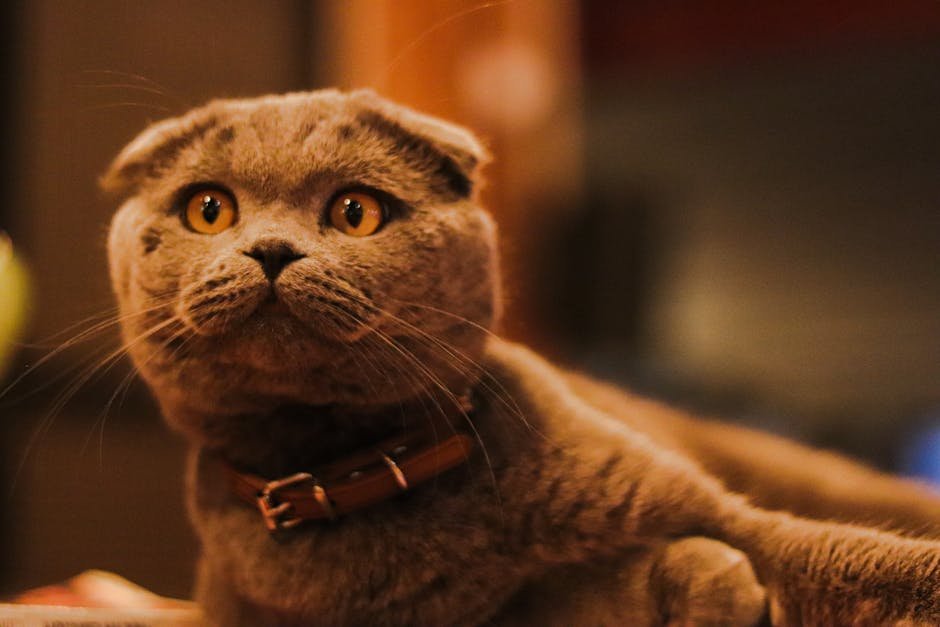
Scottish Fold cats are known for their unique folded ears and calm demeanor. They are affectionate and enjoy spending time with their human companions. However, they are also territorial and can become possessive of their space. A dog encroaching on their territory might be seen as a threat. Scottish Folds prefer a peaceful environment and can become stressed if a dog disrupts their tranquility. Their preference for a calm, stable environment often makes cohabitation with a dog difficult.
Each of these cat and dog breeds has its own unique characteristics and instincts, which can make cohabitation really challenging. It is best that if you have one of these cat or dog breeds, you should respect their boundaries and do everything you can to make them feel comfortable. Understanding these traits can help potential pet owners make actual informed decisions when considering adding both a dog and a cat to their family.

Linnea is a born and bred Swede but spends as much time as possible in Cape Town, South Africa. This is mainly due to Cape Town’s extraordinary scenery, wildlife, and atmosphere (in other words, because Cape Town is heaven on earth.) That being said, Sweden’s majestic forests forever hold a special place in her heart. Linnea spends as much time as she can close to the ocean collecting sea shells or in the park admiring puppies.





